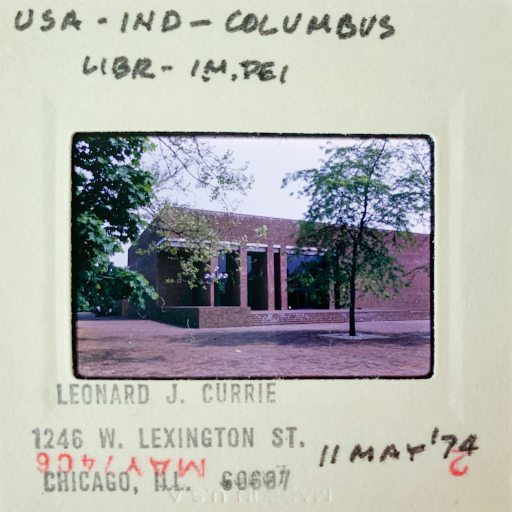35mm slides, or transparencies, are a film format that is used for projecting images on a screen to an audience the way digital images are. The type of film is called direct positive, which means that the image you see is on the original film itself. It is not printed from a negative. A roll of film is processed and then cut into individual images that are placed in 2″ by 2″ plastic or cardboard mounts for use.


Photographers send the film to a lab for processing. The film is returned in boxes with the mounted slides. Often the lab prints information on the mounts, such as the frame number of the film and the processing date. In the illustration of the slide above, the processing information is stamped in red.
Before digital photography became common, slides were the preferred format for travel and nature photographers. Slide film was used for publication, as well, such National Geographic. Motion pictures used the same film as still photography, although the rolls were longer and not cut into individual frames.
Currie most often used Kodachrome film, which can retain its color for many years if it is protected from light when stored. Kodachrome has since been discontinued because the processing chemicals were harmful to the environment. However, other slide films are still available.
The slide and storage boxes above are samples from the Currie slide collection. There is information about the pictures on the slide mounts, on the Kodak boxes, and dividers within the larger boxes. The photos show Currie’s system of documentation that he used throughout his life. He wrote the location on the top of the mount, then included the subject and date. The numbers the lab printed on the mounts are helpful for placing the slides in the correct order. The processing date is useful when Currie omitted a date.
Currie’s notes on the slide mounts and boxes are the primary source of information for the images. We often do research to flesh out the notes.